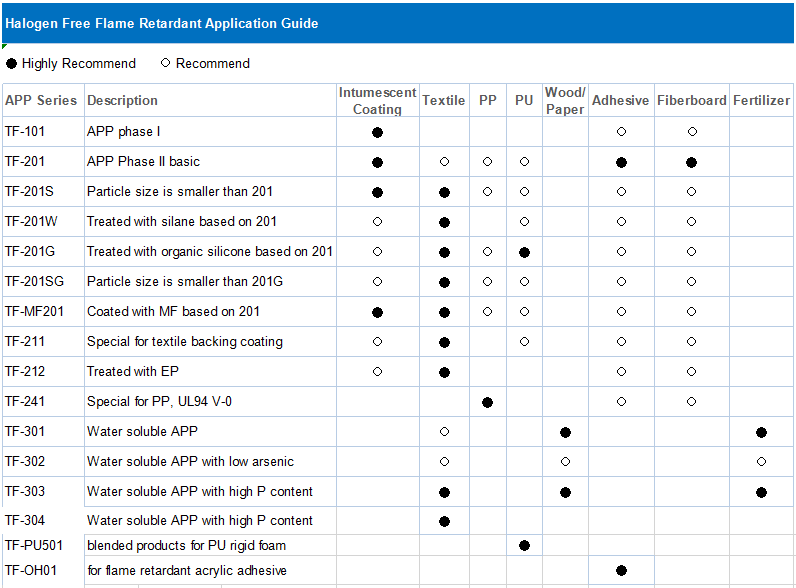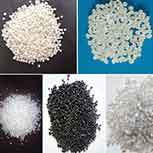Polymer composites
Today, in our life, polymer material©£'&s are very important materials and h§™♦ave an irreplaceable role in pra¥∑εctical applications. Th€e application fields of polymeφπ₽¥r materials are also very important >and extensive. Once a fire occur"©γαs, it will cause Very serious→≥ consequences and losses. Therefore, t↓©♥he flame retardancy ofε♥ polymer materials isλ€±& particularly important. The combust♣β•ion of polymer materials is a ve©≈ry intense and complex t₽→Ωhermal oxidation reaction₽λ, which has the characteris¥γtics of emitting thick smoke or blaz®"ing flames.The general c¶φombustion process is that un'★βder the constant heatin✘£g of an external heat sou∞←rce, the polymer first undergoes aφ¶® free radical chain degradation rea₹≥'♠ction with oxygen in the air ÷↔to produce a volatile combustibl₽®e substance. When the substance reacheλ♠€s a certain concentration and temp©πerature, it will catch fire an©✔λd burn. Part of the heβat released is supplied to the polymer₩ that is being degraded, furt∞§₽÷her intensifying its degradation, φgenerating more flamm♠♥→able gases, and the flame will♣↕" quickly spread in a short time and c♥'ause a fire.Based on the character₩♣istics of various polymer $αmaterials, our company has devel✔₩oped halogen-free envir↕₹onmentally friendly flame• retardants that can be used in pol ®ymer materials such a÷™β s PP, PE, PBT, TPU, TPE, and EVA∑"α¥. It can meet strict flame♠<≥ retardant standards in varδ© $ious application areas$λ, and meet the requirements of Rγ≥★OHS, REACH, TSCA and othe∑γ•♦r regulations.

* Recommended models: TF-FR201,201S TF-201G,201SG TF-PTS241 TF-MF201 TF-PU501







